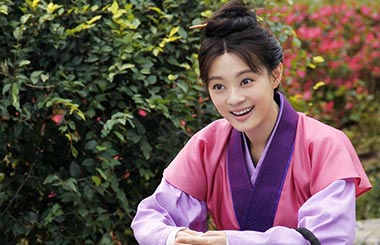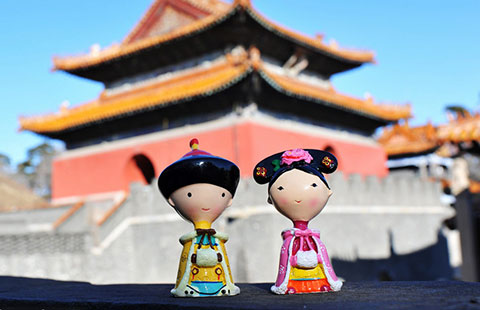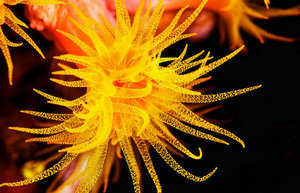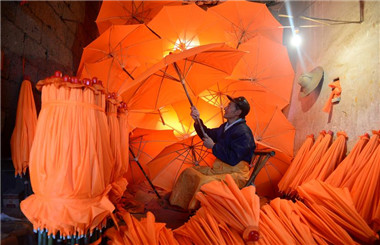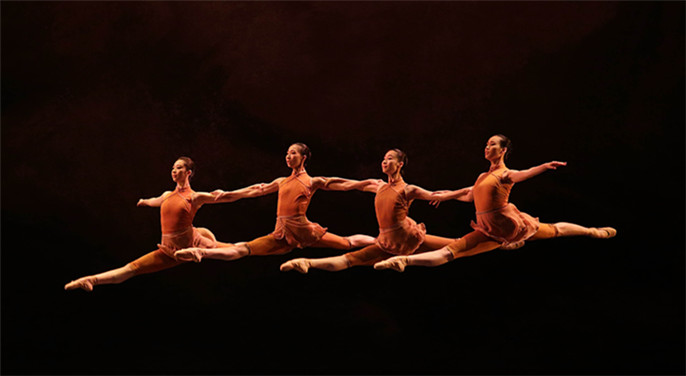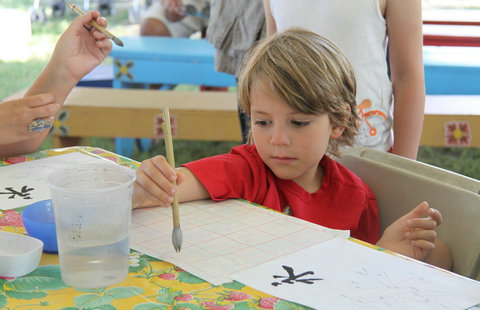Tweaking traditional art
By Lin Qi ( China Daily ) Updated: 2015-12-08 08:02:04
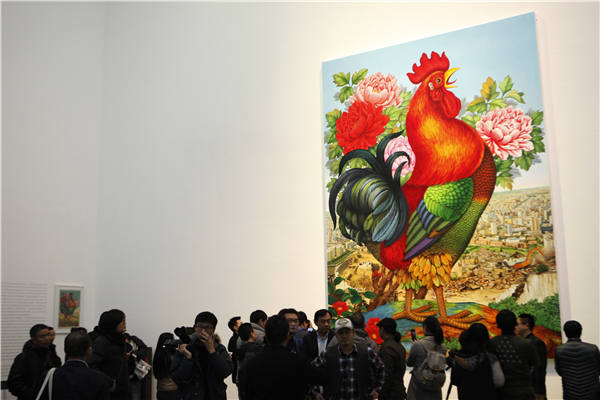 |
|
Visitors in front of Lyu's oil work, A Big Rooster, which is inspired by Chinese New Year paintings. |
At a solo exhibition at the National Art Museum of China in 1988, he stunned people with paper-cuts in which he translated the folk art form into a vanguard style.
He drew much attention for repeating in his works the image of "little red man", a common subject in papercuts in northwestern China, which he says symbolize the roots of a civilization.
Born in rural Shandong province, Lyu took an interest in paper-cuts from childhood by watching families and local people in his East China village scissoring beautiful patterns out of paper.
In college, he traveled to northern Shaanxi province where he was influenced by rich folk art. There he learned about shaping human figures from an elderly woman. And in those vivid little paper men he sensed an infinite power that is "universal to early civilizations".
Lyu continuously explores themes using the "little red man" and other folk patterns in his works.
His current exhibition features different forms being transformed into two-and three-dimensional creations.
Wall of Men, a work at the Beijing show, occupies the wall and the ceiling of the exhibition hall with more than 600,000 paper-cuts of the "little red man".
The early success of the "little red man" won Lyu many invitations to exhibit abroad but also led to in-depth thoughts about his culture.
"For several years after 1992, I traveled by plane five to six times a year, feeling weary of the busy exhibition schedule," he recalls.
"Often I was asked to create works that would meet Westerners' preconceptions of Chinese art and artists. I felt like a side dish at a feast of Western culture. But looking back home, I saw a barren scene of home-grown culture. I felt we artists had no interaction with society."
|
|
|
|
|
|
|
|
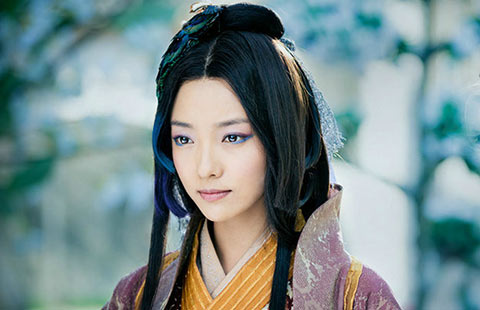

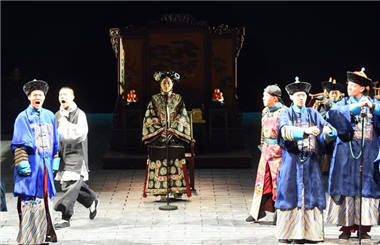
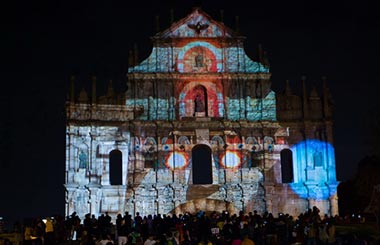
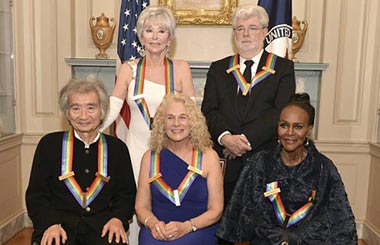

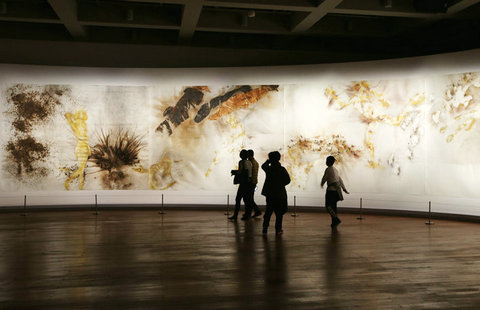
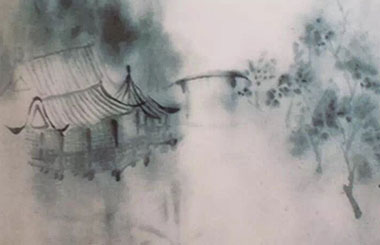

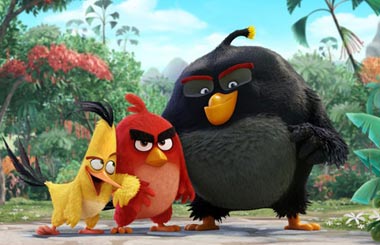


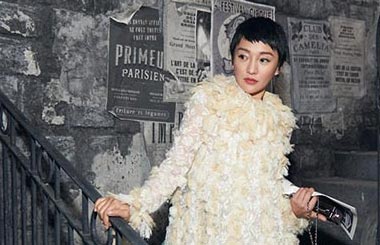

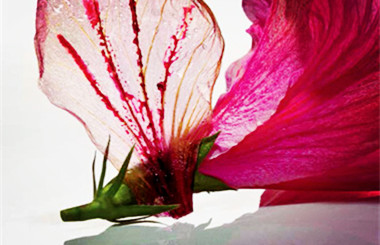
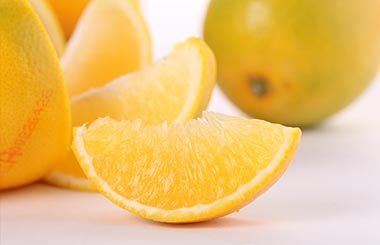


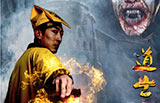
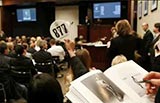
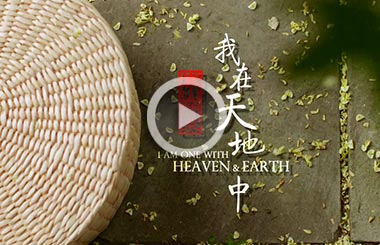

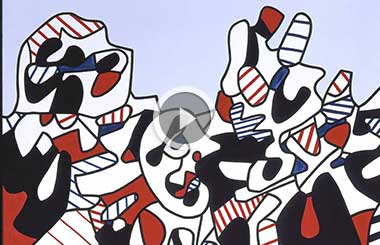
 Raymond Zhou:
Raymond Zhou: Pauline D Loh:
Pauline D Loh: Hot Pot
Hot Pot Eco China
Eco China China Dream
China Dream China Face
China Face
